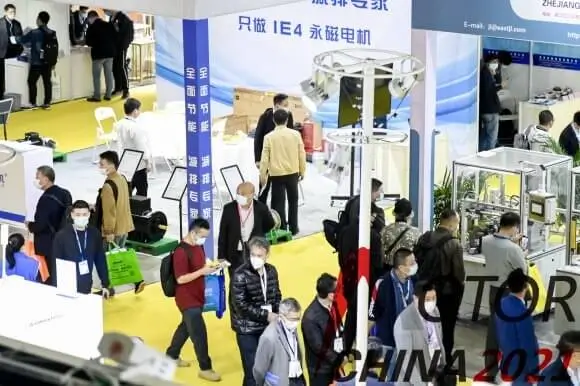Ever wonder why some microservices bounce back faster than others? It’s not just about hitting the right code snippets or deploying shiny new tech. Performance optimization is more like a dance—sometimes loose, sometimes precise, always tuned. And in a microservices world, where speed and reliability can make or break your reputation, dialing in that performance is no longer optional.

Let’s talk real. Microservices are individual beasts—they run their own processes, connect through APIs, and demand a lot of attention. When one service slows down, you risk a ripple effect across your entire ecosystem. Imagine trying to order a burger, but the delivery guy is stuck in traffic. The meal arrives cold, and the experience tanks. That’s what sluggish microservices do to your user experience. So, how do you sharpen that edge?
First off, streamlining communication plays a huge role. Think of your microservices as a busy restaurant. If the waiter keeps running back and forth unnecessarily or the kitchen isn’t synchronized, orders get delayed, chaos ensues. Reducing API call overhead, optimizing data serialization, and caching frequently accessed data can cut down that wait time dramatically. It’s like giving your microservices a direct line—no more guessing, no more delays.
Next, resource allocation cannot be overlooked. Containers, for example, should be right-sized—never too much or too little. Remember, over-provisioning can inflate costs and under-provisioning causes bottlenecks. Monitoring tools like real-time dashboards help spot where the bottlenecks hide. When a service consistently uses more CPU or memory than allocated, it’s time to adjust. Quick fixes work temporarily, but a long-term plan requires ongoing profiling and adjustment.
And let’s not forget about scalability. Auto-scaling isn’t just a hype word. It’s about adapting on the fly. Sudden traffic spikes happen—think sales events or news cycles—your system should stretch or shrink seamlessly. Innovative load balancing strategies distribute traffic evenly, preventing some nodes from drowning while others idle. The result? Faster responses and happier users.
While these are just a few key points, the core remains—performance optimization isn’t a one-off task. It’s a continuous journey. Regular testing, using profiling tools, and feeding insights back into your infrastructure are the cornerstones. It’s about making microservices smarter, leaner, faster.
People often ask, “How much does it really matter?” Well, in today’s blistering digital pace, every millisecond counts. Users expect instant gratification, and a smooth experience keeps them loyal. Even the tiniest tweak can shave precious milliseconds, giving you an edge over competitors. If your microservices are sluggish, chances are you’re losing potential business, or worse—damaging trust.
So, if you’re serious about transforming your microservices into high-performance engines, don’t settle for “good enough.” Invest in tuning tools, craft a culture of continuous improvement, and stay curious about what your systems can do. Think about it this way: optimization isn’t just technical; it’s a mindset. And the payoff? Faster, more resilient services that your users will thank you for—without even realizing they’re experiencing the difference.
Established in 2005, Kpower has been dedicated to a professional compact motion unit manufacturer, headquartered in Dongguan, Guangdong Province, China. Leveraging innovations in modular drive technology, Kpower integrates high-performance motors, precision reducers, and multi-protocol control systems to provide efficient and customized smart drive system solutions. Kpower has delivered professional drive system solutions to over 500 enterprise clients globally with products covering various fields such as Smart Home Systems, Automatic Electronics, Robotics, Precision Agriculture, Drones, and Industrial Automation.




































